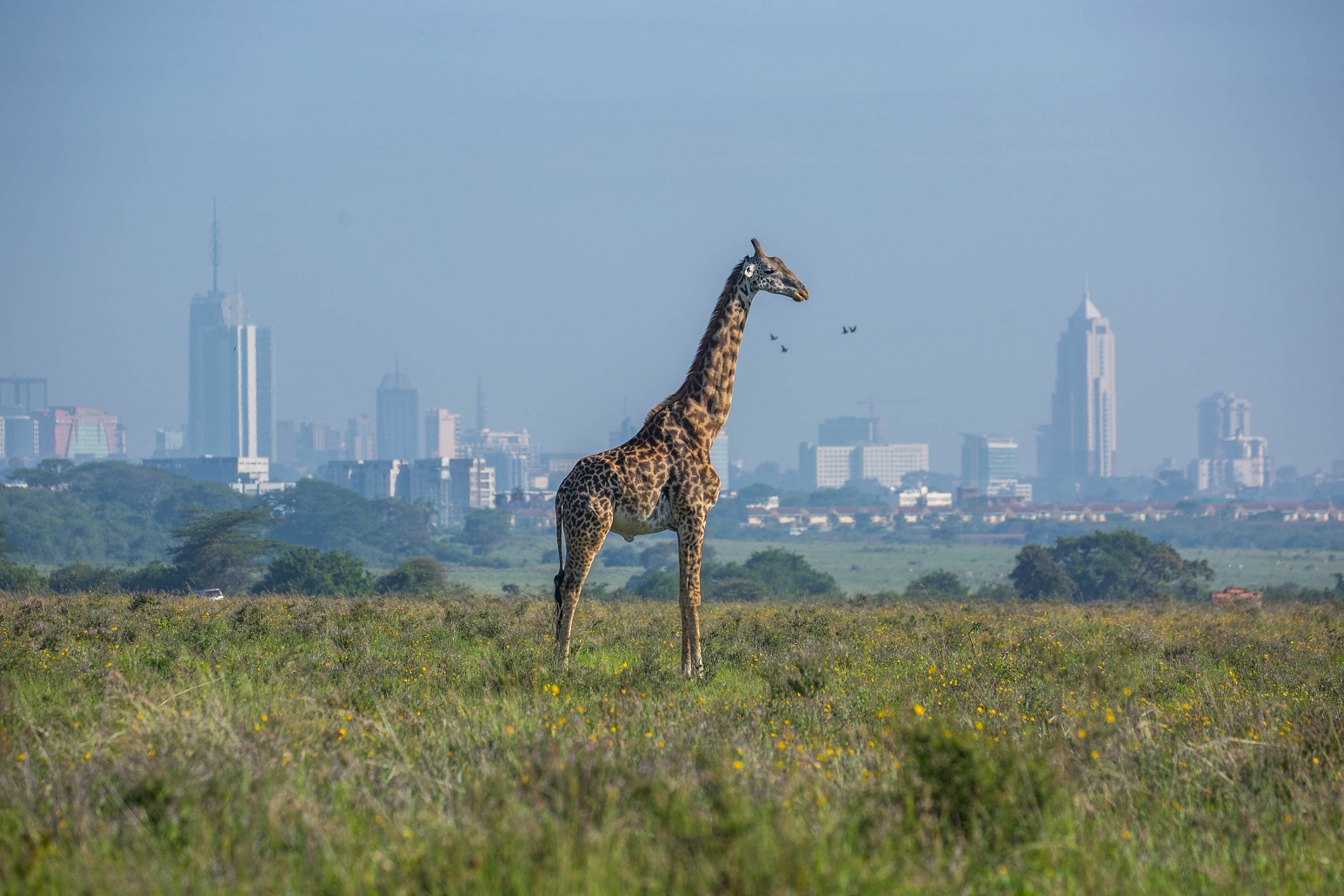It looks likely that the African Continental Free Trade Area (AfCFTA) will be implemented in the next few weeks. Only 22 African nations need to ratify the AfCFTA before it can be enacted, and thus far, 19 countries have done so. Last week experts from the United Nations Economic Commision for Africa met to discuss AfCFTA implementation strategies.
The enactment of the AfCFTA is fantastic news for the continent. Securing free trade throughout the continent has the potential to kick-start Africa’s industrial revolution and develop its economy in ways never before seen
Rwandan President Paul Kagame proposed the AfCFTA last March. Since then, 52 of the 55 AU members have endorsed the free-trade area. And, once implemented, the agreement will boost intra-African trade by immediately removing all tariffs on 90 per cent of goods. The remaining ten per cent of tariffs on “sensitive goods” will be phased out later.
Currently, only 18 per cent of exports from African countries are traded within the continent. By comparison intra-regional trade accounts for 69 per cent and 59 per cent of total exports in Europe and Asia, respectively. The United Nations Economic Commission on Africa estimates that under the AfCFTA, intra-African trade could increase by 52.3 per cent by 2022. And once the final 10 per cent of tariffs are removed, this trade could double again.
Increasing intra-African trade spells especially good news for Africa due to the nature of the goods typically traded within the continent. The Brookings Institution notes that when African nations trade with each other, they’re much more likely to trade in higher-value manufactured goods, whereas the exports leaving the continent are typically in commodities.
Many African economies rely heavily on exporting raw materials, and for three-quarters of African nations, commodities account for at least 70 per cent of their exports. This hurts many African economies because raw materials are especially prone to frequent price fluctuations, so reliance on commodities risks economic volatility and unstable business environments.
But there’s good news. Increasing the trade of higher value manufacturing goods through the AfCFTA will help African nations diversify their exports and build more resilience to price fluctuations. A more stable economy will attract investors and allow for the growth of more small and medium enterprises — since smaller businesses with less cash flow are the most vulnerable in a fluctuating economy.
More manufacturing will help Africa’s economy prosper because the fastest-growing regions in the world are the ones that diversify their economies the most. According to Brookings, since 1990 “East Asian economies were able to diversify exports at a rapid pace.” In contrast, “most African countries instead relied on rents from extractive industries.” This means that between 1990 and 2017, East Asia’s GDP increased by over 400 per cent, whereas Africa’s GDP grew by 177 per cent. It’s an impressive figure, but it’s far from the continent’s full potential.
All rich countries have taken the same path to development. They all went through a period of industrialisation, during which the population that had predominantly worked in agriculture (as most Africans do today) moved to cities for better paid factory work. Once people had some disposable income from their manufacturing jobs, they were able to afford to educate their children, who would go on to securer high-paying skilled work.
More ratifications of the AfCFTA are welcome. The continent’s second-largest economy, South Africa, has recently begun the process to ratify the agreement. However, some significant nations, such as Zimbabwe and Nigeria, remain reluctant to ratify. Not ratifying the AfCFTA could prove particularly damaging for Zimbabwe, where 60 per cent of export revenue is reliant on mineral commodities.
By increasing the intra-continental trade of manufactured goods, the AfCFTA really could prove to be revolutionary. Wherever it has been tried, industrialisation has lifted millions out of poverty, extended life expectancies, raised literacy rates, and improved living conditions. And, for those reasons, we should hope the AfCFTA’s 22-member threshold is soon reached.
This first appeared in CapX.

